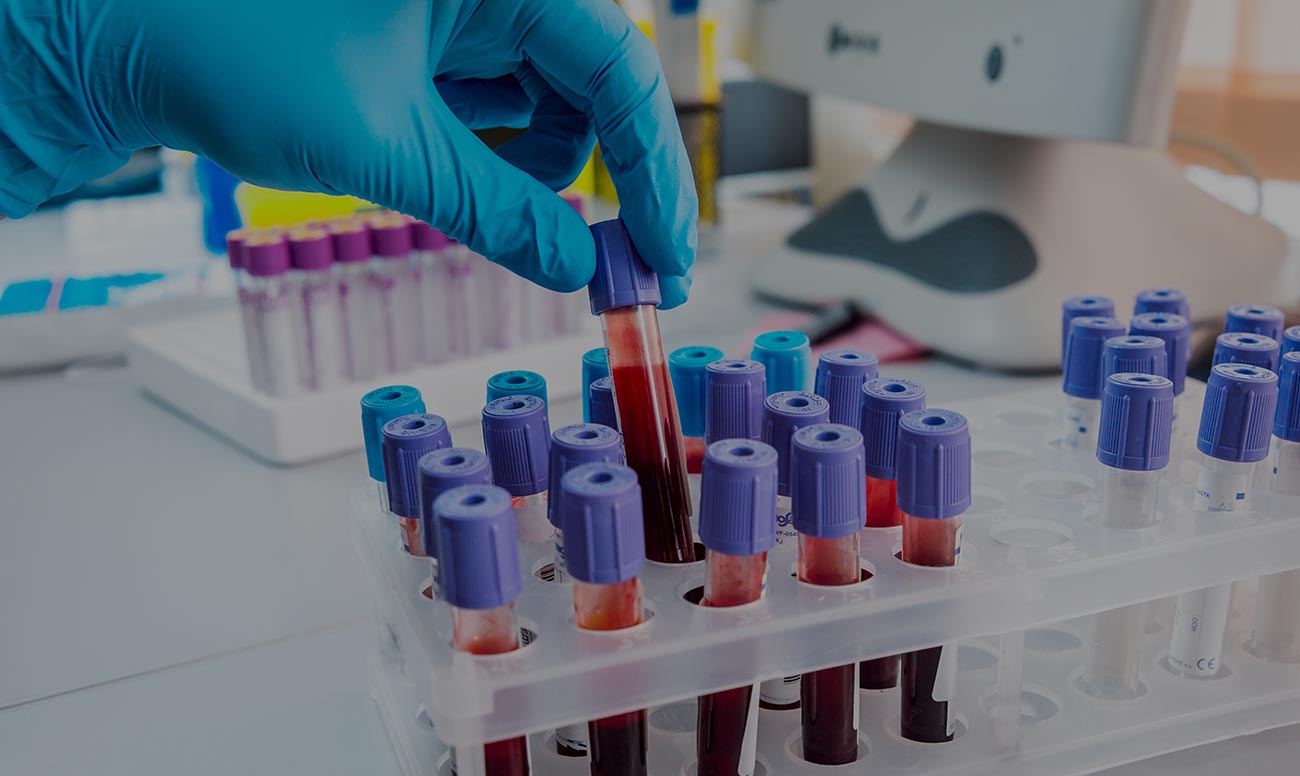
Understanding the Heart’s Rhythm Disorders
Arrhythmia is a condition characterized by irregular heartbeats, either too fast, too slow, or erratically. This irregularity can disrupt the heart’s ability to effectively pump blood, impacting the body’s overall function. Understanding arrhythmia involves delving into the heart’s electrical system, the types and causes of arrhythmias, symptoms, diagnosis, treatment options, and the broader implications on health.
The heart’s rhythm is controlled by an intricate electrical system that coordinates the contraction of heart muscles. The sinoatrial (SA) node, located in the right atrium, acts as the heart’s natural pacemaker. It generates electrical impulses that travel through the atria, causing them to contract and push blood into the ventricles. The impulse then reaches the atrioventricular (AV) node, which serves as a gateway, delaying the signal slightly before it passes to the ventricles. This delay ensures that the atria have emptied their blood into the ventricles before they contract. From the AV node, the electrical impulse travels through the bundle of His and the Purkinje fibers, causing the ventricles to contract and pump blood to the lungs and the rest of the body. Any disruption in this electrical pathway can lead to arrhythmia.
Arrhythmias are broadly classified into tachycardias, where the heart beats too fast (over 100 beats per minute), and bradycardias, where it beats too slow (less than 60 beats per minute). Tachycardias can further be categorized based on their origin in the heart.
Supraventricular tachycardias (SVTs) originate above the ventricles and include atrial fibrillation, atrial flutter, and paroxysmal supraventricular tachycardia. Atrial fibrillation (AF) is the most common type of arrhythmia, characterized by rapid and irregular beating of the atria. Atrial flutter is similar but typically involves a more organized and regular rhythm.
Ventricular tachycardias originate in the ventricles and are often more dangerous due to their potential to disrupt the heart’s ability to pump blood. Ventricular fibrillation is a severe form where the ventricles quiver instead of contracting properly, leading to a rapid decline in blood pressure and requiring immediate medical intervention.
Bradycardias are less common but can be equally serious. They can result from issues within the SA node, such as sick sinus syndrome, or problems in the conduction pathways, like heart block. In heart block, the electrical signals are delayed or blocked entirely as they move from the atria to the ventricles, categorized into first-degree, second-degree, or third-degree blocks based on the severity of the delay or block.
The causes of arrhythmia are varied. Structural heart diseases, such as coronary artery disease, heart valve disorders, and cardiomyopathy, can damage the heart’s electrical system. High blood pressure, diabetes, and thyroid disorders are also significant risk factors. Lifestyle factors like excessive caffeine or alcohol consumption, smoking, and drug abuse can precipitate arrhythmias. Certain medications and supplements may also affect the heart’s rhythm. Additionally, some people are born with congenital heart defects that predispose them to arrhythmias.
Symptoms of arrhythmia can range from mild to severe. Some individuals may experience palpitations, feeling their heart race, pound, or flutter. Others might have dizziness, lightheadedness, fainting (syncope), shortness of breath, chest pain, or fatigue. In severe cases, particularly with ventricular fibrillation, sudden cardiac arrest can occur, leading to death if not treated immediately.
Diagnosing arrhythmia involves a combination of medical history, physical examination, and diagnostic tests. An electrocardiogram (ECG or EKG) is the primary tool used to detect arrhythmias by recording the heart’s electrical activity. Holter monitors and event monitors are portable devices worn by patients to record heart activity over an extended period, useful for detecting intermittent arrhythmias. An echocardiogram uses ultrasound to visualize the heart’s structure and function, helping identify underlying heart diseases. Electrophysiological studies (EPS) involve threading catheters into the heart to map electrical pathways and identify abnormal circuits causing arrhythmias. In some cases, stress tests, which monitor the heart’s activity during physical exertion, may be used.
Treatment of arrhythmia aims to restore a normal heart rhythm, prevent complications, and manage underlying conditions. Lifestyle changes, such as reducing caffeine and alcohol intake, quitting smoking, and managing stress, can help reduce the incidence of arrhythmias. Medications play a crucial role; antiarrhythmic drugs can help control heart rate and rhythm, while anticoagulants are often prescribed to prevent blood clots, especially in atrial fibrillation patients at risk of stroke.
For some patients, procedural interventions are necessary. Cardioversion, either electrical or pharmacological, can be used to reset the heart’s rhythm. Catheter ablation is a minimally invasive procedure where abnormal heart tissue causing arrhythmia is destroyed using radiofrequency or cryoablation. Pacemakers are implanted devices that regulate slow heart rhythms by sending electrical impulses to stimulate the heart. Implantable cardioverter-defibrillators (ICDs) are similar but can also deliver shocks to correct dangerous ventricular arrhythmias. In severe cases, surgical interventions like maze surgery or the implantation of a ventricular assist device (VAD) may be required.
The impact of arrhythmia on overall health can be profound. It can lead to complications such as heart failure, where the heart cannot pump blood effectively, or stroke, particularly in atrial fibrillation patients where blood clots can form in the atria and travel to the brain. Sudden cardiac arrest, often resulting from ventricular fibrillation, is a life-threatening emergency requiring immediate intervention. Chronic arrhythmias can significantly affect the quality of life, causing persistent fatigue, anxiety, and limitations in physical activity.
Preventing arrhythmia involves addressing risk factors and maintaining heart health. Regular exercise, a balanced diet rich in fruits, vegetables, whole grains, and lean proteins, and avoiding tobacco and excessive alcohol are fundamental. Managing chronic conditions like hypertension, diabetes, and hyperlipidemia through medications and lifestyle changes is crucial. Regular medical check-ups can help detect early signs of heart disease and prevent complications.
Research and advances in technology continue to improve our understanding and management of arrhythmias. Genetic studies are uncovering hereditary factors that predispose individuals to arrhythmias, leading to better risk assessment and personalized treatments. Innovations in imaging and electrophysiological mapping enhance the precision of diagnostic and therapeutic procedures. Wearable technology, such as smartwatches with ECG capabilities, enables continuous monitoring and early detection of arrhythmias, empowering patients to take proactive measures in managing their condition.
Public health initiatives play a vital role in raising awareness about arrhythmia and promoting heart health. Educational campaigns emphasize the importance of recognizing symptoms and seeking timely medical attention. Community programs that provide CPR training and access to automated external defibrillators (AEDs) can save lives by improving the response to sudden cardiac arrest.
In summary, arrhythmia is a complex and multifaceted condition that poses significant health challenges. Understanding its underlying mechanisms, types, causes, and symptoms is essential for effective diagnosis and treatment. Lifestyle modifications, medications, and procedural interventions are key components of management, tailored to individual patient needs. Ongoing research and technological advancements hold promise for improving outcomes and enhancing quality of life for those affected by arrhythmias. Public health efforts are crucial in promoting awareness and prevention, ultimately contributing to better heart health and reducing the burden of arrhythmia on society.










